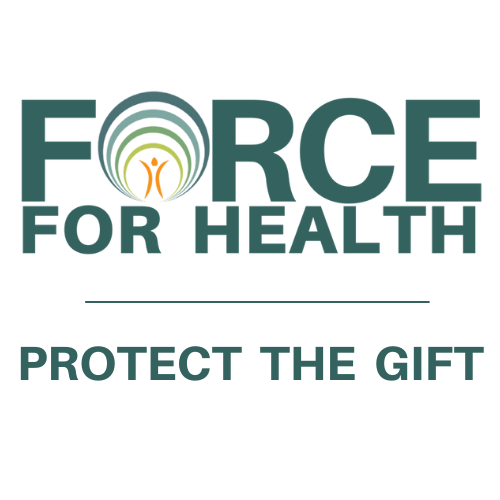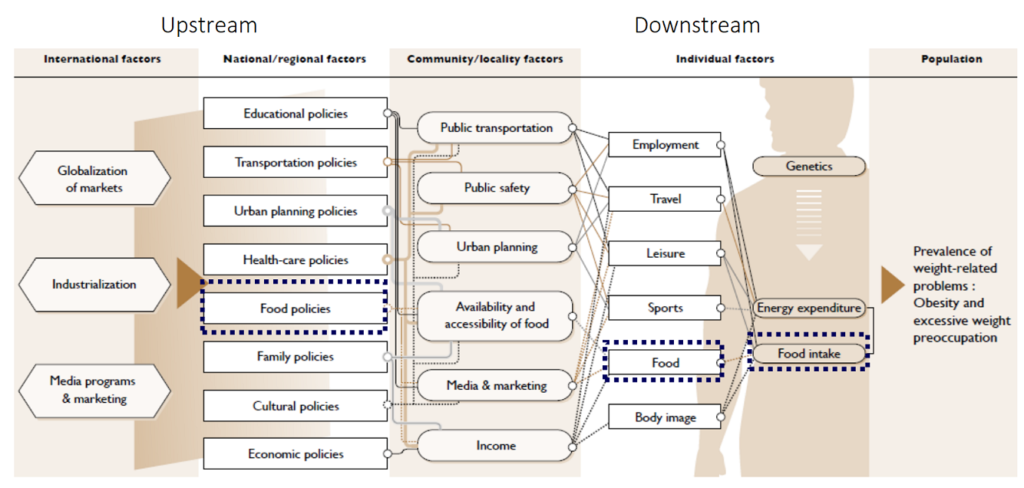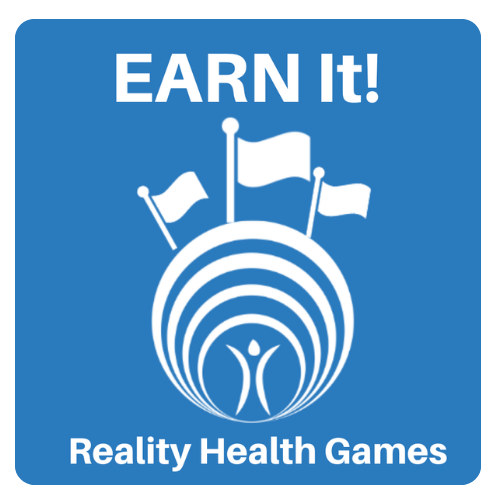
Atrial Fibrillation Dr. Rob 360 Human Explorer
“A Fib” is its nickname
The beat goes on, but not with a regular pulse in this condition. Learn more here with a Dr. Rob video and multi-chapter 360 Human Explorer model for your to explore.
Learn it:
Listen and watch as Dr. Rob explains key points to know.
Dr. Rob’s Video Transcript
The beat goes on. This is atrial fibrillation, a condition where the heart rhythm is irregular. Normally, the heart beats in a regular rhythm with signals starting in the atria, the upper chambers of the heart. In atrial fibrillation, those signals become chaotic, and the atria quiver instead of beating properly.
Blood doesn’t flow through as it should, which can lead to clot formation. If a clot travels to the brain, it can cause a stroke. That’s why atrial fibrillation is such an important condition to recognize and treat.
Symptoms can include palpitations, shortness of breath, fatigue, and dizziness. Some people may not even feel it, which makes screening important. Treatments include medicines to slow or regulate the heartbeat, blood thinners to reduce stroke risk, and sometimes procedures to restore a normal rhythm.
Lifestyle changes also play a role—managing blood pressure, eating healthy, staying active, and avoiding smoking or excess alcohol all help reduce risk. The beat goes on, but with atrial fibrillation, it needs guidance to stay steady.
Live It:
Cement your knowledge for this post and explore the model below
Share it.
Share when you know with others. Share this post in your social media feeds and/or email a link to someone you wish to see this. Thank you for being a Force for Health.










